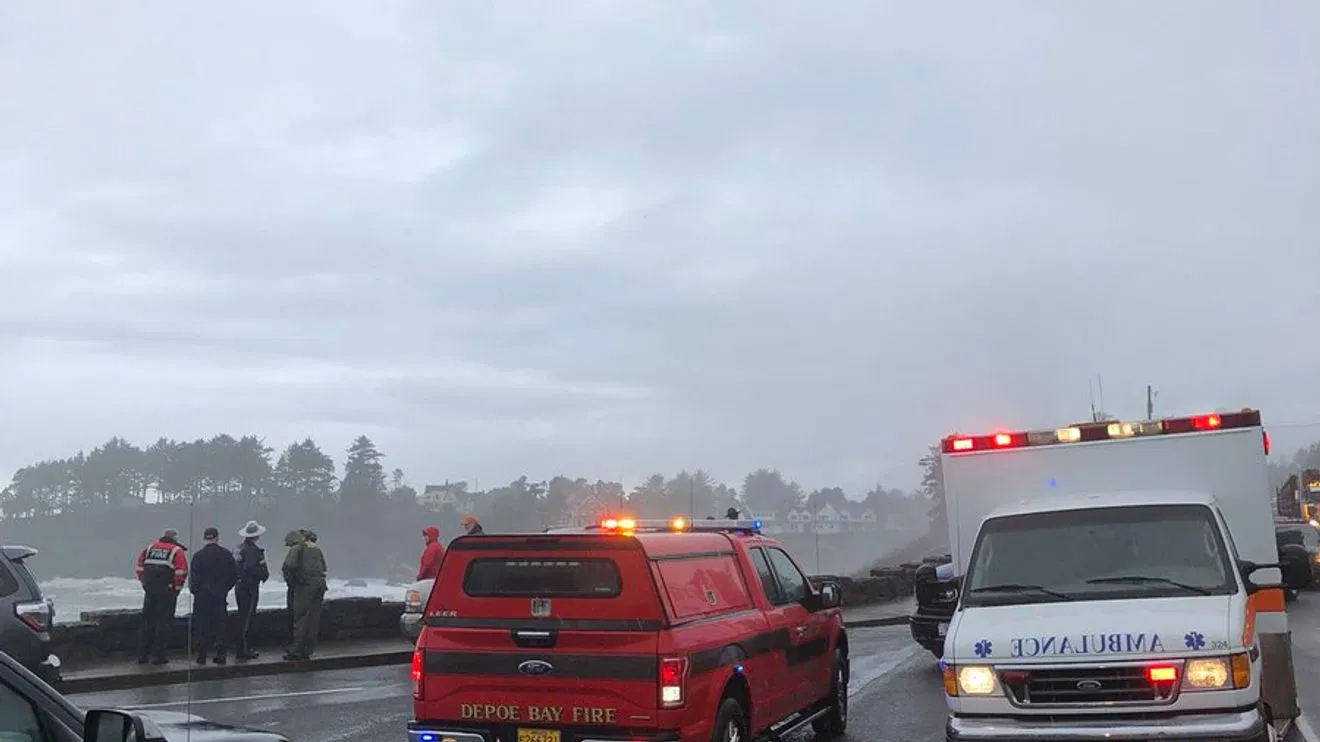Nye Beach is a popular hub for tourism and beach recreation, but people are not the only life drawn to its picturesque waters. Bacteria, a water quality health indicator, also visit the shore. In late 2015, water quality testers found bacteria counts in the area numbering three times the upper threshold of the ideal range.
Bacteria is the health indicator measured in water quality for recreational contact. Since Nye Beach is a hub for tourism and beach recreation, local residents and the City of Newport have a vested interest in maintaining clean water and healthy beaches. Fortunately, longstanding partnerships between the City of Newport and local NGOs continue to gain ground identifying pollution sources in the region.
The city officials knew water quality readings were steadily low in bacteria for most of 2015, so they believed the recent spikes were a result of a faulty residential sewer line or connection. With over 90 miles of stormwater and sewer pipes below Newport, there were thousands of potential sources of contamination.
“In the past, we’ve found houses with their sewer service connected to the City storm main. We think we’ve found them all, but a string of high bacteria readings was making us worry”, said Olaf Sweetman, City of Newport Assistant City Engineer.
 In response, the City of Newport, Surfrider Foundation and the Oregon Coast Aquarium developed an “upstream” sampling plan, testing bacteria counts both in the creek and stormwater lines, where much of the creek flows under the developed area of Nye Beach. The plan divided the Nye Beach drainage and stormwater laterals into sub-regions, and sites were sampled twice a week over two months to isolate potential sources of bacteria as they entered the system. The groups shared the cost of supplies and sampling equipment, and created a unique opportunity for a “Blue Water Scholar” student internship to lead the monitoring study. Newport High School’s Leland Wood, an Aquarium youth volunteer, was selected for the internship.
In response, the City of Newport, Surfrider Foundation and the Oregon Coast Aquarium developed an “upstream” sampling plan, testing bacteria counts both in the creek and stormwater lines, where much of the creek flows under the developed area of Nye Beach. The plan divided the Nye Beach drainage and stormwater laterals into sub-regions, and sites were sampled twice a week over two months to isolate potential sources of bacteria as they entered the system. The groups shared the cost of supplies and sampling equipment, and created a unique opportunity for a “Blue Water Scholar” student internship to lead the monitoring study. Newport High School’s Leland Wood, an Aquarium youth volunteer, was selected for the internship.
From December through January, between a busy school and swim team schedule, Wood collected samples, dedicating himself to a big part of this tedious process. Assistant City Engineer Olaf Sweetman, who laid out the mapping for the sampling plan, joined Wood in the field with Aquarium staff and a Surfrider volunteer to ensure safety and support sampling. The team sampled over 10 sites, many of which required removal of manholes, blocking traffic and collecting water from storm lines as much as 12 feet below the street surface.
Wood’s engagement in the Blue Water Scholar Program gave him the opportunity to lead citizen science project and work with public and private partners. Wood also received a $1200 stipend from Surfrider Foundation as part of the Scholar Program and internship work. “Blue Water Scholars was a fun, unique, exciting and attainable opportunity that allows me to help in the betterment of the community and its surrounding environment. It gave me uncommon experience in this field of careers and valuable work experience.” Wood will present findings from the monitoring study to Newport City Council on March 7, 2016.
While there is no silver-bullet solution to the study’s findings, the project provided valuable information about the watershed and stormwater system as a whole. “This is a long and ongoing effort of system and illicit connection investigation, sewer repairs and investments in ecosystem-based approaches for management of our urban watershed and local beaches,” says Charlie Plybon, Oregon Policy Manager for Surfrider Foundation. “It’s exciting to engage our youth in these efforts and we’re grateful to our community partners, volunteers and the City of Newport for supporting this work.”
